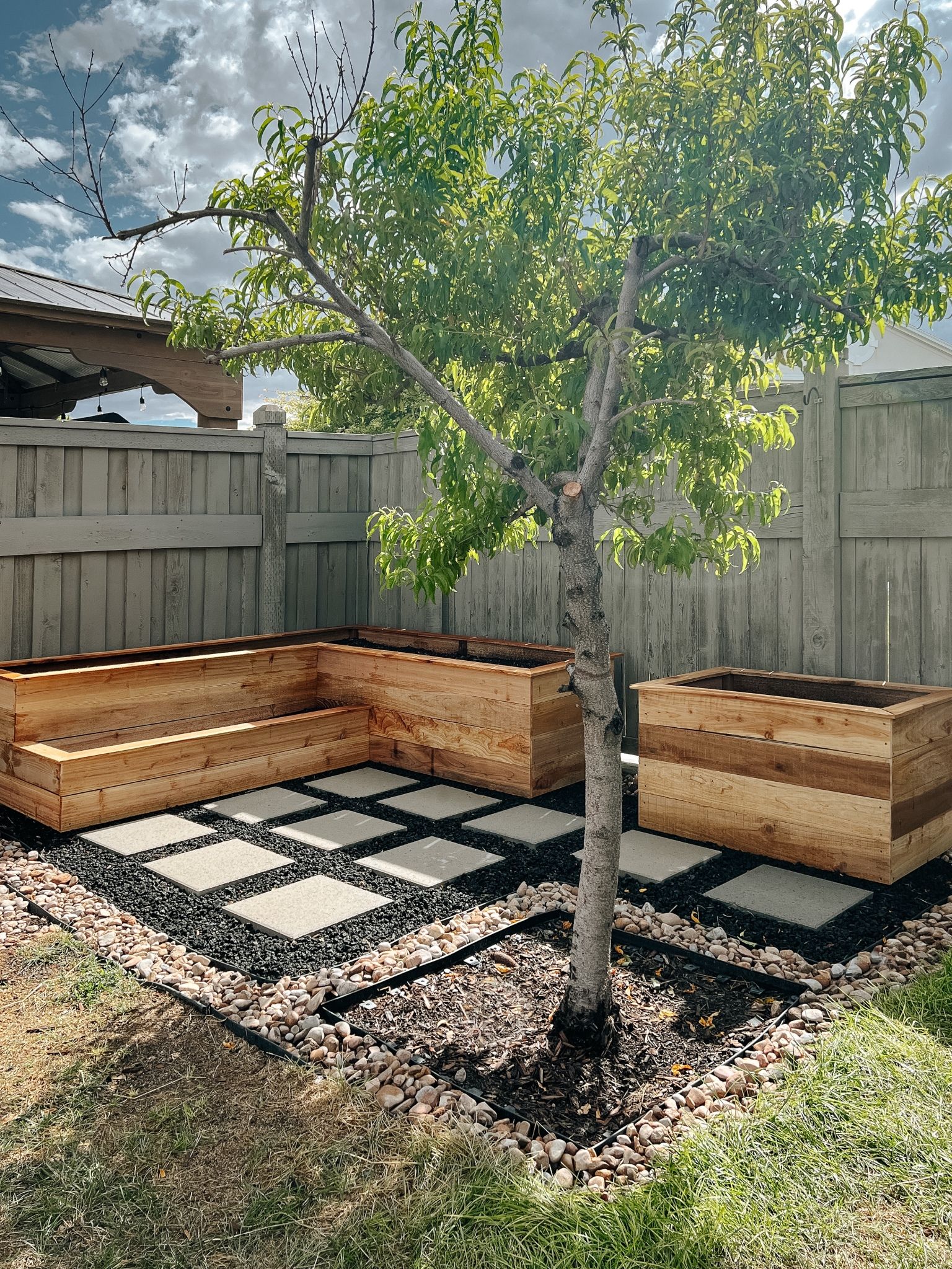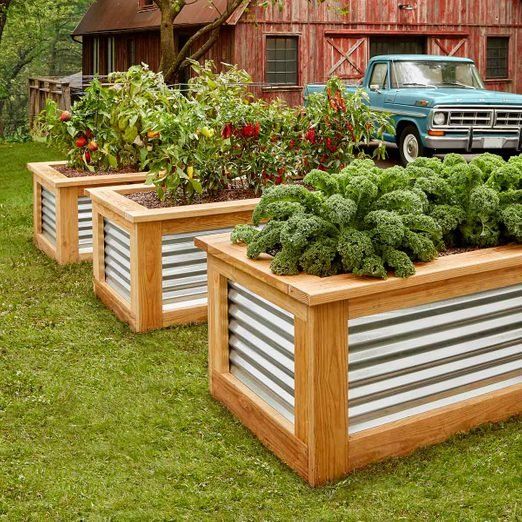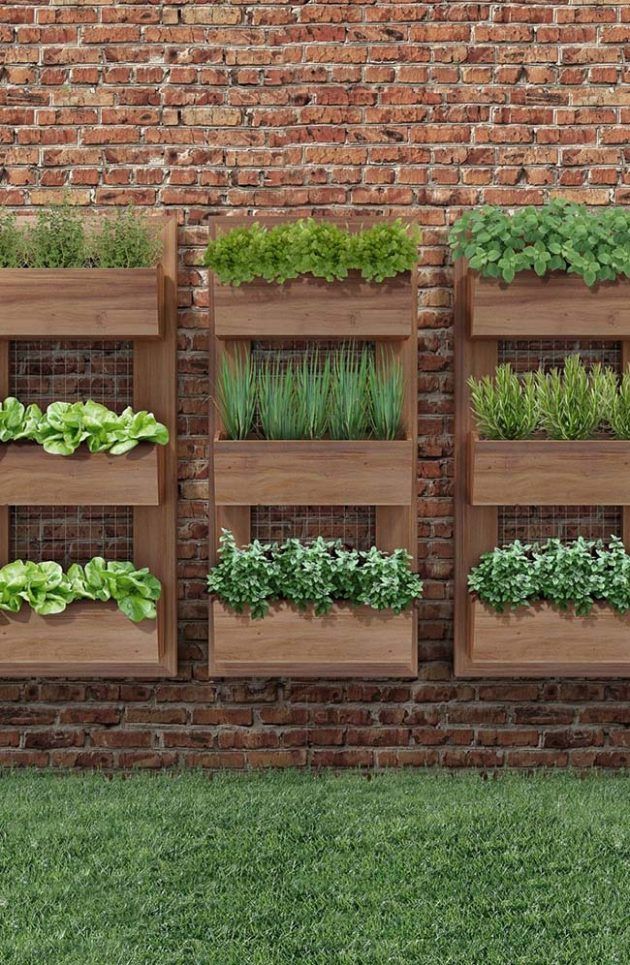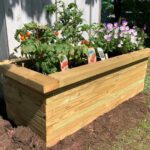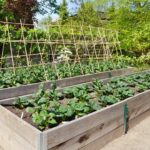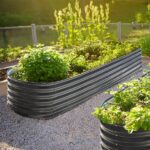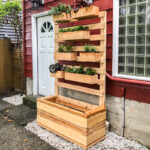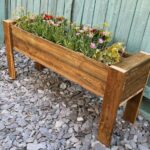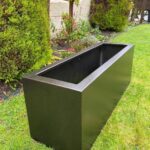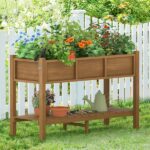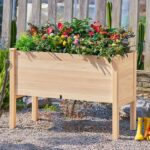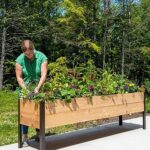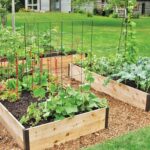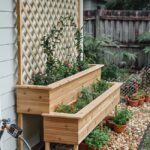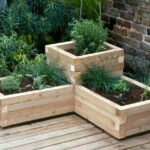Garden planters are a popular addition to any outdoor space, providing a stylish and practical way to display plants and flowers. With so many options available, it can be overwhelming to choose the right garden planter for your needs. Here are some key factors to consider when selecting a garden planter.
Size is important when selecting a garden planter. Consider the amount of space you have available and the size of the plants you want to display. It’s important to choose a planter that will adequately accommodate the roots of your plants and allow them room to grow. If you plan on placing the planter on a patio or balcony, make sure it fits within the available space without overcrowding the area.
Material is another important consideration when choosing a garden planter. Common materials include clay, wood, metal, and plastic. Each material has its own advantages and disadvantages. Clay planters are traditional and porous, allowing for good drainage but may be prone to cracking. Wood planters are durable and can be painted or stained to match your outdoor decor. Metal planters are sturdy and long-lasting but may rust over time. Plastic planters are lightweight and budget-friendly, but may not be as aesthetically pleasing as other materials.
Drainage is crucial for the health of your plants. Make sure your garden planter has adequate drainage holes to allow excess water to escape. Without proper drainage, plants can become waterlogged and develop root rot. Some planters come with built-in drainage systems, while others may require the addition of drainage holes. Make sure to address this issue before planting your flowers or plants.
Style and design are also important factors to consider when choosing a garden planter. Your planter should complement the overall aesthetic of your outdoor space. Consider the color, shape, and texture of the planter to ensure it fits in with your existing decor. You may want to choose a planter that matches the style of your home or garden furniture, or opt for a bold statement piece to add visual interest to your space.
Maintenance is another consideration when selecting a garden planter. Depending on the material and size of your planter, maintenance requirements can vary. Clay and metal planters may need to be cleaned regularly to prevent the buildup of dirt and algae. Wood planters may need to be treated with a sealant to protect them from the elements. Plastic planters are generally low-maintenance but may fade over time with exposure to sunlight. Consider how much time and effort you are willing to put into maintaining your garden planter when making your selection.
Ultimately, the best garden planter for you will depend on your personal preferences and the specific needs of your plants. By taking into consideration factors such as size, material, drainage, style, and maintenance, you can choose a planter that will enhance the beauty of your outdoor space and provide a happy home for your plants.
 yishifashion Where Outdoor Dreams Become Reality
yishifashion Where Outdoor Dreams Become Reality
